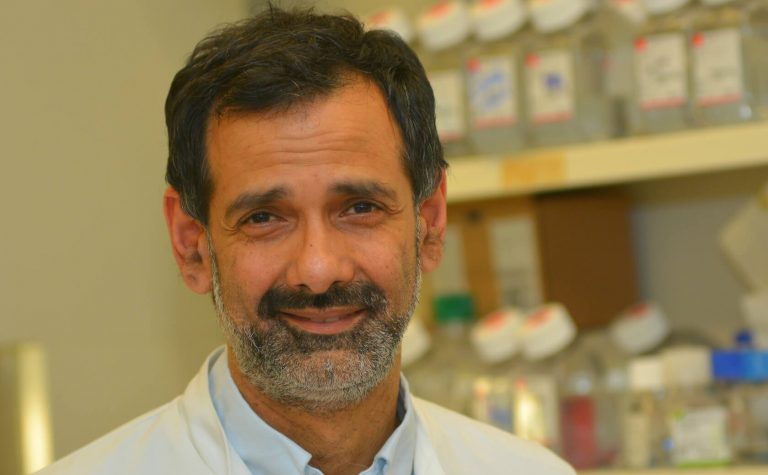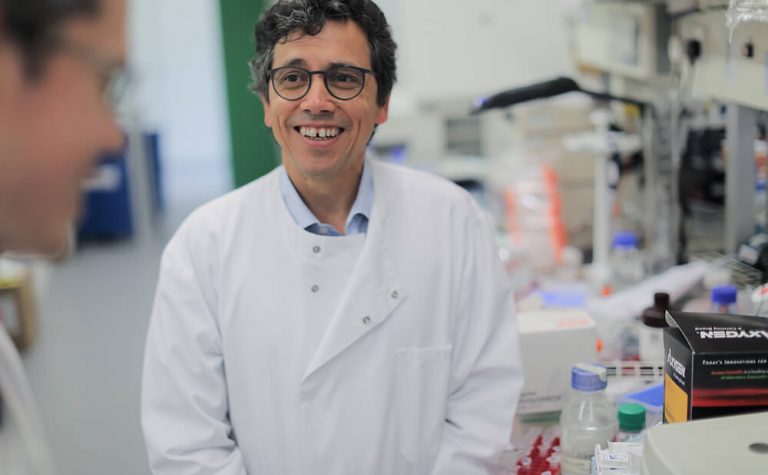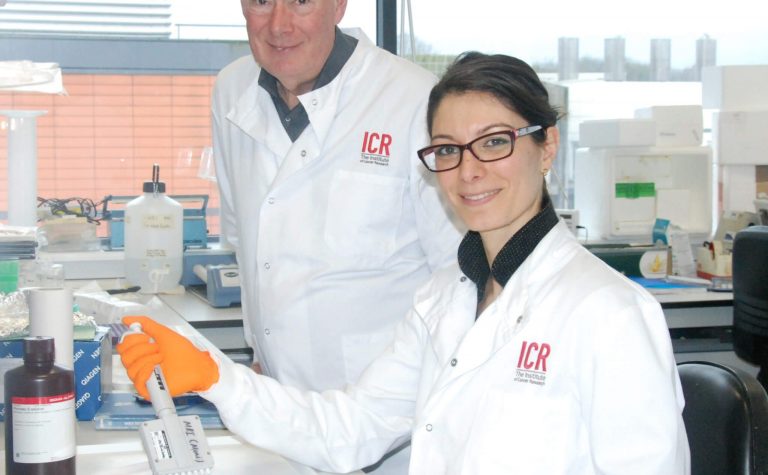
Antibody development for safer stem cell transplant in acute myeloid leukaemia
Stem cell transplant is often used to treat children with leukaemia, but the pre-transplant treatment used to replace bone
Read more
The role of the leukaemic stem cell in disease relapse
Acute lymphoblastic leukaemia is the most common form of childhood cancer, with around 400 children diagnosed every year in
Read more